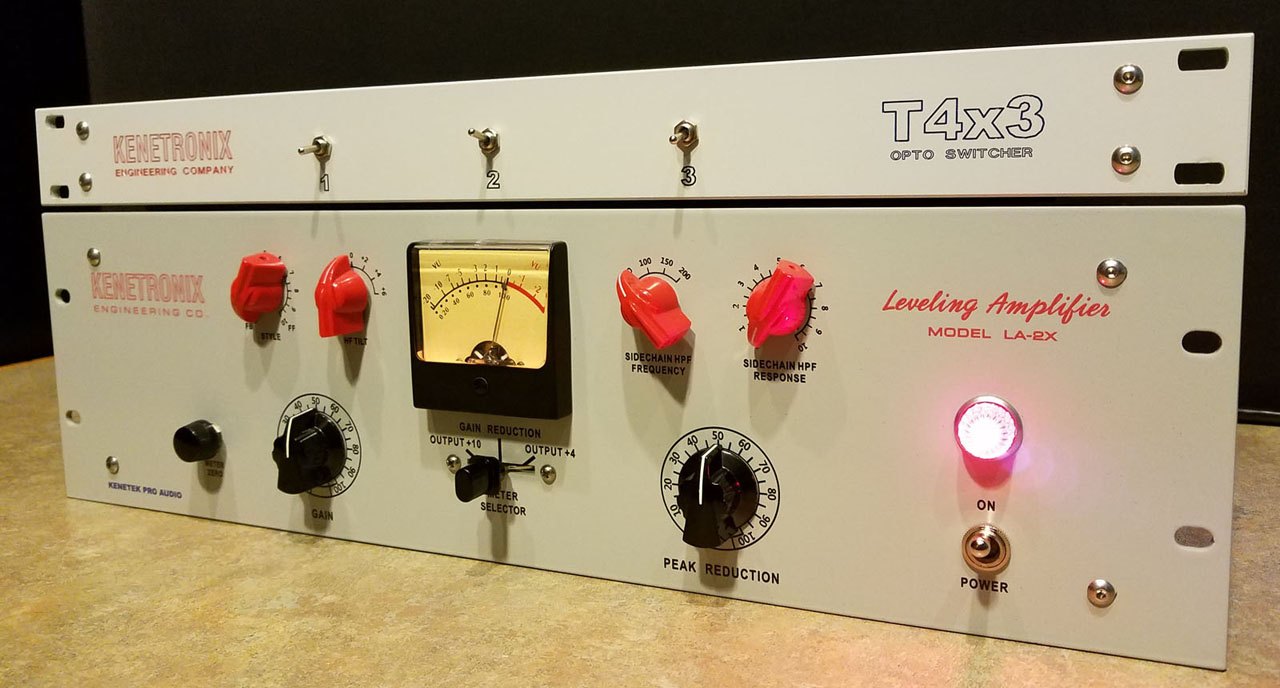That's the way T4A and some very early T4B units were made 50 to 60 years ago, when LA-2A's were being used as levelers ahead of broadcast transmitters. All T4A units (that I've seen) and the very early T4B units (up until 1969 or so, coincidentally coinciding with the advent of the LA-3A) had three photocells in them. The third photocell, a Clairex CL705, had a very fast attack release time, and was placed in parallel with the CL505 cell in the audio path. It did indeed give those units a dual time constant, which might have been useful to broadcast engineers at the time. Over the next two or three decades, more sophisticated devices were designed (such as the CBS Audimax/Volumax combo, the Gates Sta-Level/Solidstatesman combo and Urei BL-40, not to mention all of the fantastic Orban units) which did a much better job of controlling both short peaks and average program level.
I have done quite a bit of experimentation with multiple photocells (with different time constants) and have come to the conclusion that there is not enough benefit to justify the additional cost for my production T4B's. In my experience, the overall response of the T4B is dominated by the response of the slower photocell.
That said, I have found that having the ability to switch between T4B's with different attack/release characteristics is very handy sometimes. A simple and inexpensive DIY solution can be found here:
https://www.gearslut.com/files/2xT4B_Mods.pdf
While I came up with this circuit in response to a question posed by someone building a Drip LA-2A, this circuit would work with any LA-2A work-alike.
I am also manufacturing a more elegant and flexible box that houses up to three Kenetek T4B's, and allows up to seven different attack/release curves, by switching in different combinations of T4B's. It also functions as a soft bypass, allowing you to hear the compressed vs uncompressed sound quickly. The box plugs into the existing T4B circuit and does not require any circuit modifications. However, if your T4B socket is located inside the enclosure you will have to come up with a way for the cable to enter the enclosure. The pics below show the prototype unit with a Kenetek LA-2X. The production version of the box will not be as deep and the cable will be shorter. Please PM me if interested in one of these.
Hope this helps and thanks for reading!




